-
Posts
72 -
Joined
-
Last visited
Content Type
Profiles
Forums
The Numis Journal
Events
Downloads
Gallery
Store
Classifieds
Posts posted by MrMonkeySwag96
-
-
Partial silvering remaining on my Aurelian:

Aurelian, 270 - 275 AD AE Antoninianus, Ticinum Mint, 21mm, 3.80 grams Obverse: IMP C AVRELIANVS AVG, Radiate, draped and cuirassed bust of Aurelian right. Reverse: ORIENS AVG, Sol standing left trampling bound captive seated on left, another bound captive seated on right, TXXT in exergue. RIC 154
-
 7
7
-
-
On 7/2/2022 at 6:24 PM, Al Kowsky said:
Does anyone remember a large collection of Roman imperial & provincial coins that sold at a number of auction houses several years ago, called The Morris Collection, & sometimes The Phil Peck Collection 🤔? For the longest time it remained a mystery who Morris or Phil Peck was 🤨. Then it was brought to light that Phil Peck was a life-long coin collector who worked as a curator of The Money Museum at The Chase Manhattan Bank in NYC. He also worked as a librarian in NYC. After being admitted to a senior care facility his coin collection was auctioned off. It was also suggested that Morris was his brother, but I have never seen confirmation of this. Never the less, I ended up winning four coins at auction from the Morris or Phil Peck collection, two of which I ended up selling at auction about a 18 months ago. Pictured below are the two coins I kept 😊.
This coin was put into an "economy" slab, most likely by Heritage, fortunately it come with a paper 2 X 2 envelope that had the weight & diameter written on it by Morris or Peck 🙂.
Egypt-Alexandria, Philip II, AD 247-249 (dated year 6, AD 248/9). Billon Tetradrachm: 24.37 mm, 12.50 gm, 11 h. Reverse: Homonoia with cornucopia. Emmett 3593.
This coin was also put into an "economy" slab, NGC 4884217-005, AU*, again most likely by Heritage. The coin looked terrible in the slab so I cracked it out 😏.
Pictured below are the two coins I sold at CNG 453.
This coin sold for $325.00
This coin sold for the bargain price of $106.00
Do any other NVMIS FORVMS members have coins from the Morris or Peck collections 🤔?
That Philip II tet has immaculate surfaces for a Alexandrine Provincial coin
-
 1
1
-
-
On 7/2/2022 at 8:14 PM, Curtisimo said:
Nice coins as always Al. Here is my ex Phil Peck.
Roman Empire
Severus Alexander
AR Denarius, Antioch mint, struck AD 223
Dia.: 18.38 mm
Wt.: 3.20 g
Obv.: IMP C M AVR SEV ALEXAND AVG, laureate, draped and cuirassed bust right
Rev.: LIBERALITAS AVG, Liberalitas standing left, holding counting board and cornucopia
Ref.: RIC IV 281 Antioch
Ex Phil Peck (aka Morris Collection) with collectors envelope, private purchase from Herb Kreindler (Jan. 2005)That Philip II tet has immaculate surfaces for a Alexandrine Provincial coin
-
 1
1
-
-

AUGUSTUS 27 BC - AD 14 AR Denarius. 3.51g, 19.3mm MINTED: Lugdunum (Lyon) mint, 15 BC REF: RIC I 167a; Lyon 19; RSC 137 OBVERSE: AVGVSTVS DIVI F, bare head right. REVERSE: Bull butting right, left forefoot raised, lashing his tail; IMP • X in exergue.
Ex. Minotaur Coins
-
 12
12
-
-
I don’t really collect medieval coins. I do own a few Byzantine coins however the Byzantine series is more often categorized with “ancient coins.” In terms of the time period, Byzantine coins are technically “medieval” as they’re minted after the fall of Western Rome. I recently purchased a silver Hexagram of emperor Heraclius. Heraclius’s reign marked the end of Late Antiquity and his military/administrative policies transformed the Eastern Roman state into the Byzantine Empire.

Heraclius & Heraclius Constantine AR Hexagram. Constantinople Obv: Heraclius and Heraclius Constantine seated facing on double throne, each holding globus cruciger. δδ NN ҺЄRACILЧS ЄT ҺЄRA CONST. Rev: Cross potent set upon globus set upon three steps; K to right. δЄЧS AδIЧTA ROMANIS. SB 798. 6.06 g. 610-641 AD.-
 10
10
-
-

Heraclius & Heraclius Constantine AR Hexagram. Constantinople Obv: Heraclius and Heraclius Constantine seated facing on double throne, each holding globus cruciger. δδ NN ҺЄRACILЧS ЄT ҺЄRA CONST. Rev: Cross potent set upon globus set upon three steps; K to right. δЄЧS AδIЧTA ROMANIS. SB 798. 6.06 g. 610-641 AD.
-
 10
10
-
-
I prefer the Hexagrams over the Miliaresion. Personally I like thicker, chunky coins such as the Hexagram. The Miliaresion are way too thin for my taste. From what I’ve seen, the thin flans caused the Miliaresion to be damaged easily. So I’m not planning to acquire a Miliaresion anytime soon.
My Hexagram was minted during the reign of emperor Heraclius. Heraclius’s Hexagrams tend to weakly struck with crudely engraved dies. The Byzantine Empire was being invaded by the Persians and Avars, as well as experiencing economic depressions and plagues. This explains the poor quality control on the Hexagram coinage. Allegedly, Heraclius confiscated silver plates from churches to produce the Hexagrams.
The quality control and artistry of the Hexagram coinage would improve under Heraclius’s successor Constans II. I believe Constans II struck his Hexagrams using Solidus dies.

Heraclius & Heraclius Constantine AR Hexagram. Constantinople Obv: Heraclius and Heraclius Constantine seated facing on double throne, each holding globus cruciger. δδ NN ҺЄRACILЧS ЄT ҺЄRA CONST. Rev: Cross potent set upon globus set upon three steps; K to right. δЄЧS AδIЧTA ROMANIS. SB 798. 6.06 g. 610-641 AD.
-
 10
10
-
 1
1
-
-
The Antonine family tree:
Marcus Aurelius, husband of Faustina II

Faustina II, wife of Marcus Aurelius

Antoninus Pius, father in law of Marcus

I completed a type set of denarii of the Five Good Emperors. However, I’m missing quite a few emperors and empresses of the Antonine lineage. I still need Lucius Verus, Faustina Senior, Commodus, Lucilla, and Crispina to complete my Antonine family tree.
-
 14
14
-
-
The Romans portrayed Cybele on their coinage since Republican times. It’s interesting that a foreign goddess was depicted on a Republican coin rather than an Italic deity:

C. Fabius C.f. Hadrianus. 102 BC. AR Denarius (21.5mm, 4.00 g, 4h). Rome mint. Veiled and turreted bust of Cybele right; K/• behind / Victory driving galloping biga right, holding reins and goad; below, stork standing right. Crawford 322/1a; Sydenham 589; Fabia 15. Good VF, a couple verdigris spots.
From the Fay Beth Wedig Collection.
-
 10
10
-
 1
1
-
-
This is the closest thing I have to Iron Age Britain geographically speaking. It’s from Northwest Gaul, whose coinage possibly influenced those of Britain.

6.58g, 20mm Celticized head right Devolved biga right with victory flying above. SCBC 15 Good silver for the type. Irregular thickness flan resulting in a flat area around the horse's chest.
-
 6
6
-
-
Unfortunately, I can’t afford a lifetime portrait denarius of Caesar. I do have a generic Venus head denarius in rough condition:

3.16g, 17mm Diademed head of Venus right Aeneas advancing left, holding plladium and carrying Anchises on his shoulder. "CAESAR" RSC 12
-
 9
9
-
-
The Dioscuri (Gemini twins)

AR denarius, 187-175 BC, 21mm, 3.45gm. Winged head of Roma right / Dioscuri on horseback right

LUCIUS MEMMIUS AR silver denarius. Struck 109-108 BC. Bust of Apollo Vejovis right, wearing oak-wreath; before, XVI monogram of value before, thunderbolt underneath. Reverse - The Dioscuri standing facing between their horses, each holding spear; L MEMMI in exergue. 19mm, 3.9g. RCV 181
My birthday is on May 16th, so I’m a Taurus:

Obv: I S M R, Head of Juno Sospita right, wearing goat skin. Rev: L THORIVS / BALBVS, Bull charging right; A above. Crawford 316/1.

AUGUSTUS 27 BC - AD 14 AR Denarius. 3.51g, 19.3mm MINTED: Lugdunum (Lyon) mint, 15 BC REF: RIC I 167a; Lyon 19; RSC 137 OBVERSE: AVGVSTVS DIVI F, bare head right. REVERSE: Bull butting right, left forefoot raised, lashing his tail; IMP • X in exergue.

Ancient Greek LUCANIA Thourioi (Thurium). Circa 350-300 BC AR Nomos Head of Athena right, wearing Attic helmet with Skylla thowing stone / Bull butting right; ΣΩ above; in exergue, fish right 7.80 g, 20-21 mm, silver. Toned, struck with worn dies, small graffito on reverse References: HN Italy 1820; SNG ANS 1076; HGC I, 1262

Greece, Thessaly, Larissa, 400-360 BC, AR Drachm, Youth wrestling bull left/Rev. horse prancing right, 5.77g BMC 39

Ancient Greek EUBOIA Euboian League. Circa 304-290 BC AR Drachm Head of the nymph Euboia right / Head of bull right; EY above, lyre to right 3.30 g, 16 mm, silver, toned, rough area on obverse References: SNG Alpha Bank, Greece 6, 984; HGC 4, 1420
-
 11
11
-
-



AR Denarius (17mm, 3.14g) HADRIANVS AVGVSTVS, laureate head right / COS III, star within crescent, globe below. RIC 201.
-
 11
11
-
-
My humble antoninianus of the Gallic emperor Victorinus:

Victorinus, 268 - 271 AD AE Antoninianus, Colonia Agrippinensis Mint, 20mm, 2.97 grams Obverse: IMP C VICTORINVS P F AVG, Radiate, draped and cuirassed bust of Victorinus right. Reverse: VIRTVS AVG, Virtus standing right holding spear and shield. RIC 78ex. Ken Dorney
I also have a “barbarous Radiate” that imitates an antoninianus of Tetricus, another Gallic usurper:

Barbarous Radiates, 3rd Century AD AE 'Antoninianus', Mint in Britain or Gaul, 16mm, 1.64 grams Obverse: Radiate head of emperor right, blundered legend around. Reverse: Annona (?) standing left holding grain ears. RCV Vol. III, pg. 413
ex. Ken Dorney
Technically, the warring generals during the Year of Four Emperors are usurpers against the Julio-Claudian dynasty:

Galba. 68-69 AD. AR Denarius (19mm; 2.84 gm; 6h). Rome mint. Struck August-October 68 AD. Obv: IMP SER GALBA AVG, bare head right. Rev: SPQR/OB/CS in three lines within oak-wreath. RIC I 167; RSC 287.
ex. Akropolis Coins

Vitellius, AR denarius, Civil War Issue AR 18mm/3.1gm Rome mint c. 69 AD Con/ Slightly off-struck to left, otherwise, Very Fine. Obv/ [A VITELLIVS] GERM IMP AVG TR P; laureate head right Rev/ XV VIR SACR FAC; Tripod-lebes with dolphin laying right above and raven standing right below Ref/ RIC Vol One, 109, RSC111, BCM39
ex. Noble Roman Coins
-
 8
8
-
-

Bactria, Menander I Soter, 155 - 130 BC Silver Drachm, 17mm, 2.43 grams Obverse: Diademed and draped bust of Menander right. Reverse: MAHARAJASA TRATARASA MENAMDRASE in Karoshti around, Athena advancing left brandishing thunderbolt and holding decorated shield, monogram in right field. Bopearachchi 13N
ex. Ken Dorney

The artist JFoliveras depicted king Menander with a Buddhist monk in this picture. Clearly, the artist studied Menander’s portrait on coins when painting this picture.
-
 8
8
-
 1
1
-
-

 Q Antonius Balbus Denarius Serratus. 83-82 BC. Laureate head of Jupiter right, S C behind / Victory in quadriga right, control letter below, Q ANT BALB P R in ex. Cr364/1; Syd 742.
Q Antonius Balbus Denarius Serratus. 83-82 BC. Laureate head of Jupiter right, S C behind / Victory in quadriga right, control letter below, Q ANT BALB P R in ex. Cr364/1; Syd 742.-
 7
7
-
 2
2
-
-

Moneyer issues of Imperatorial Rome. T. Carisius. 46 BC. AR Denarius (20mm, 3.83 g, 3h). Rome mint. Head of Sibyl Herophile right, hair elaborately decorated with jewels and enclosed in a sling and tied with bands / Sphinx seated right. Crawford 464/1; CRI 69; Sydenham 983; Carisia 10. Good VF, toned, areas of flat strike.
From the Demetrios Armounta Collection. Ex Baldwin’s 57 (23 September 2008), lot 59.
-
 8
8
-
-
I don’t own any anonymous civil war denarii, as they’re too rich for my wallet.
Here are some denarii I have that’s relevant to the civil war period:

3.00g Laureate head of Nero right "IMP CAESAR AVGVSTVS" Jupiter seated left holding a scepter and thunderbolt. "IVPPITER CVSTOS" RSC 119, RIC 53

Galba. 68-69 AD. AR Denarius (19mm; 2.84 gm; 6h). Rome mint. Struck August-October 68 AD. Obv: IMP SER GALBA AVG, bare head right. Rev: SPQR/OB/CS in three lines within oak-wreath. RIC I 167; RSC 287.

Vitellius, AR denarius, Civil War Issue AR 18mm/3.1gm Rome mint c. 69 AD Con/ Slightly off-struck to left, otherwise, Very Fine. Obv/ [A VITELLIVS] GERM IMP AVG TR P; laureate head right Rev/ XV VIR SACR FAC; Tripod-lebes with dolphin laying right above and raven standing right below Ref/ RIC Vol One, 109, RSC111, BCM39

Vespasian Denarius. 75 AD. IMP CAESAR VESPASIANVS AVG, laureate head right / PON MAX TR P COS VI, Pax seated left holding branch. RSC 366, RIC 772, BMC 161
Here are my Republican denarii struck at military mints:

AR Denarius 20mm. 3.95g. Spanish Mint Diademed bust of Genius of the Roman People draped r., sceptre on shoulder; G.P.R. above. Terrestrial globe between rudder and sceptre; EX-S.C. to either side; In ex.: CN.LEN.Q RSC I Cornelia 54; Craw. 393/1a
This type was struck when the moneyer was acting as paymaster to Pompey’s troops in Spain.

3.16g, 17mm Diademed head of Venus right Aeneas advancing left, holding plladium and carrying Anchises on his shoulder. "CAESAR" RSC 12

Mark Antony Legionary Ar denarius, 32-31 BC. Military mint moving with Antony. ANT AVG[III] VI R.R.P.C, praetorian galley to r., rev., Aquila between two signa; LEG XXI across fields (RSC 58). 3.5g, diameter 18mm
-
 14
14
-
-
A couple of seated goddesses:

Septimius Severus, 193-211 A.D. AR Denarius (19 mm, 3.3 g) SEVERVS PIVS AVG, laureate head right. RESTITVTOR VRBIS, Roma seated left holding palladium & spear, round shield below. RIC 288, RSC 606.

1876 US trade dollar, San Francisco mint
Both of these coins were minted several centuries apart from each other. Yet they have similar reverse motifs (seated goddess). Just shows how coin designs are conservative
-
 8
8
-
-
I don’t own any Cobs. However, I do have a couple of milled coins from the Spanish Empire:
1798 gold Escudo, Madrid mint



1816 silver 8 Reales, Mexico City mint



Yeah, I know most of you guys hate slabs. However, it’s mostly my modern coins that are slabbed. So far, none of my ancient coins are entombed in plastic coffins.
-
 8
8
-








































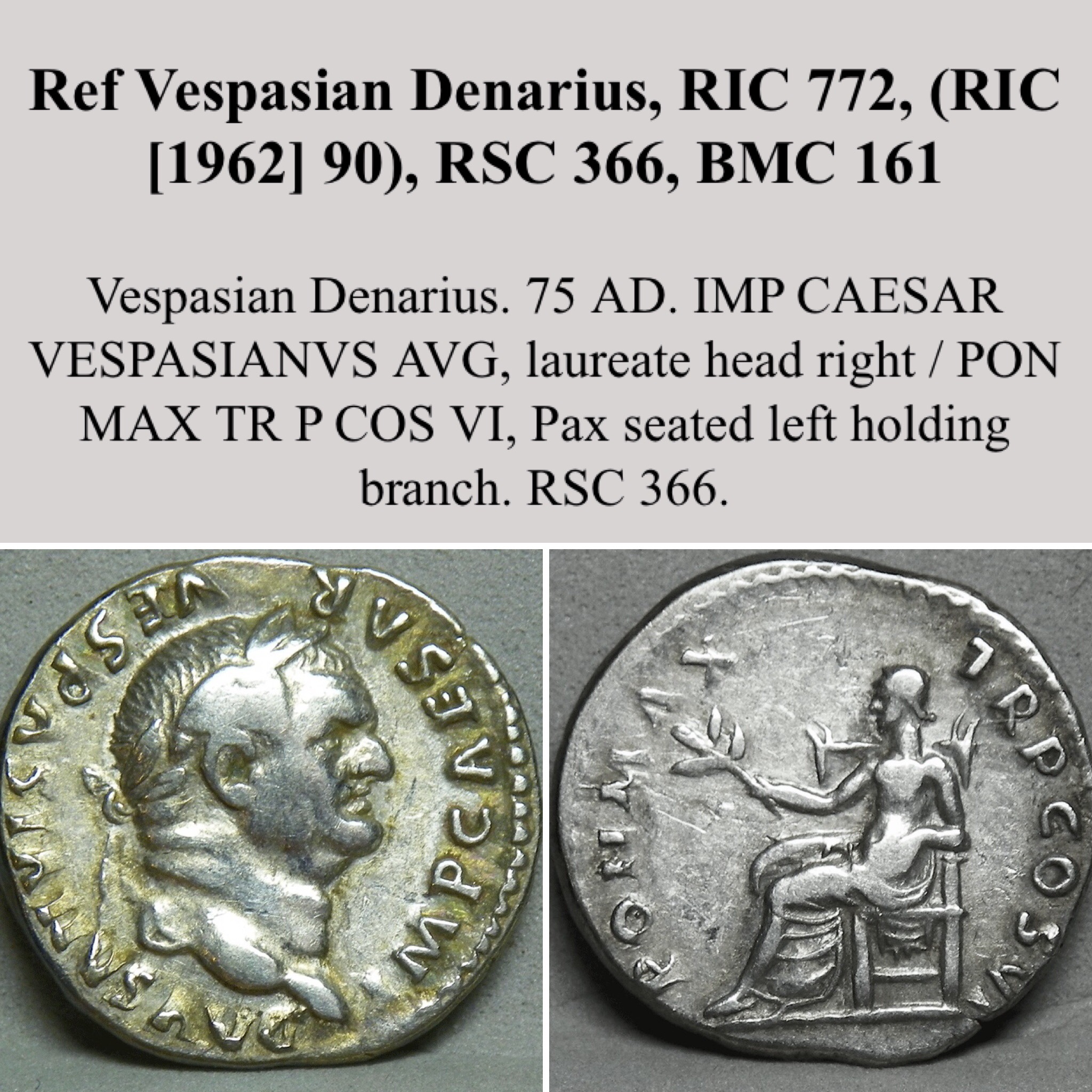




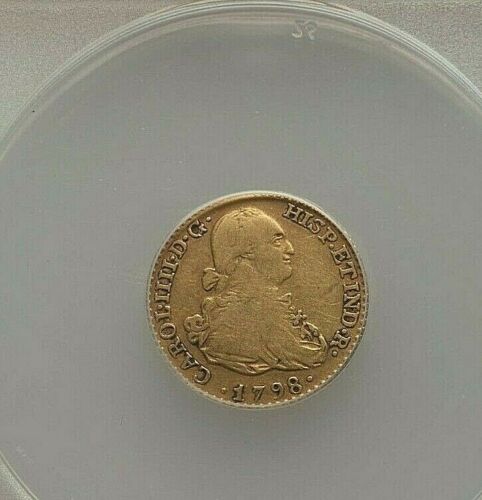
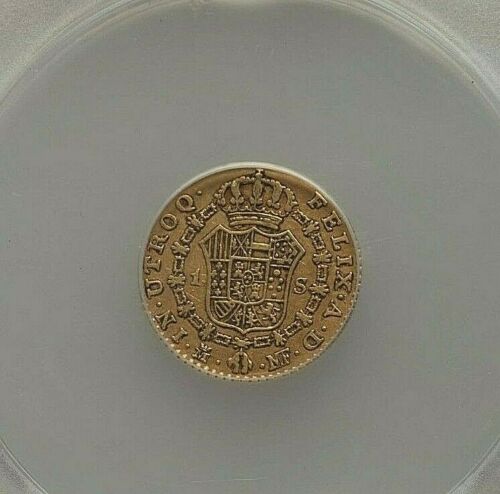
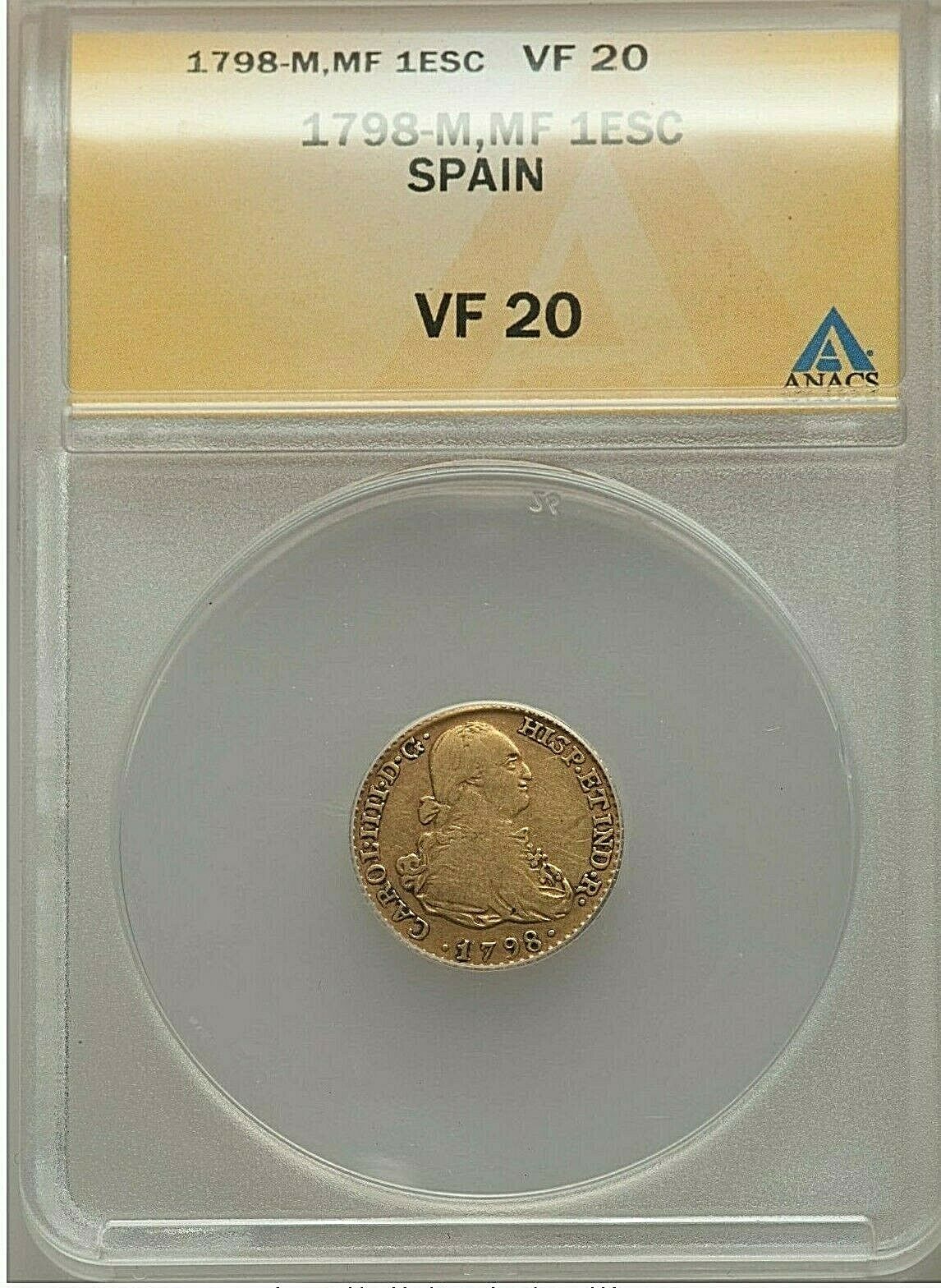
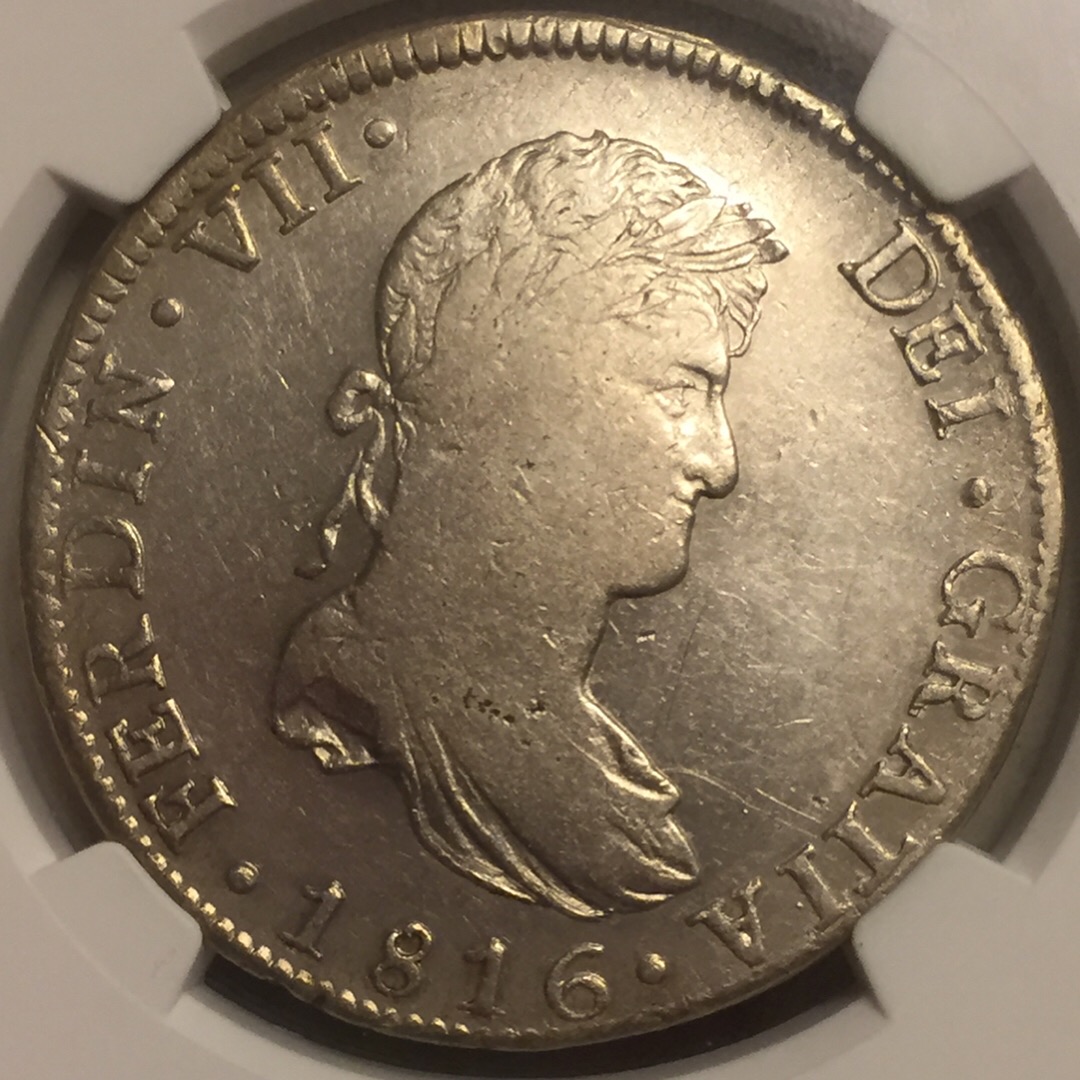
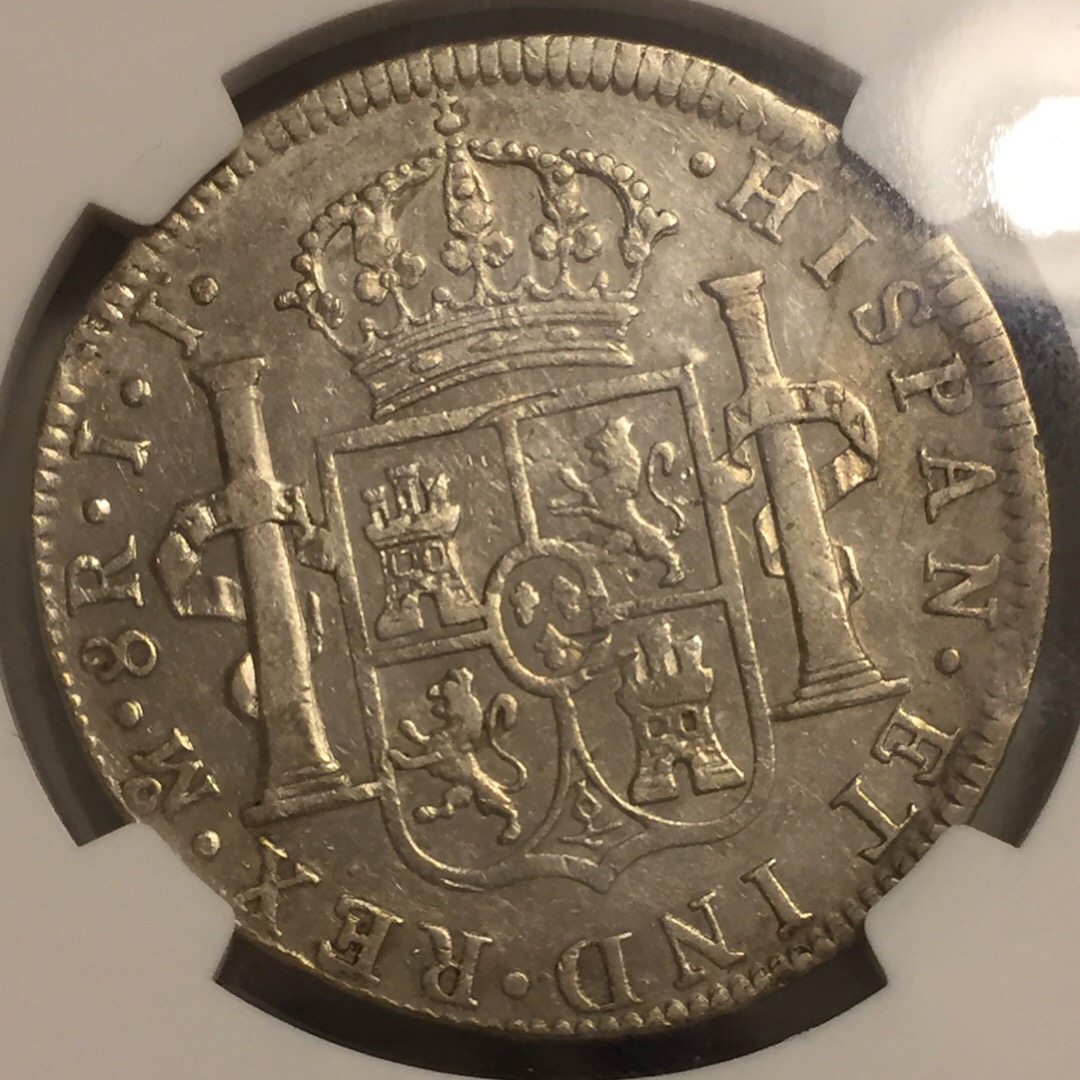
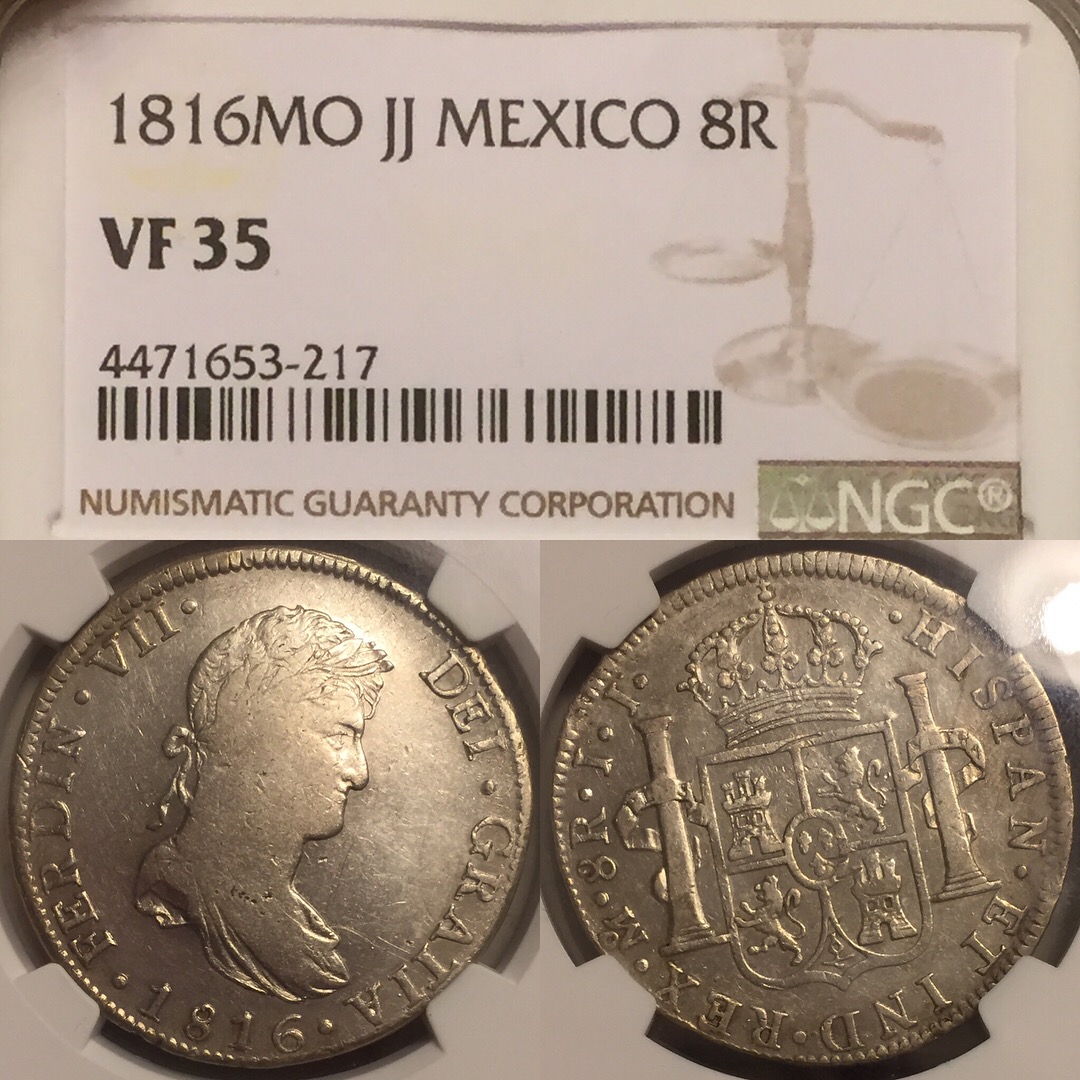
Count Nervula. Post Your Worn Horrors!
in Roman Empire
Posted · Edited by MrMonkeySwag96
Usually I don’t collect coins that are too heavily worn. But I’ll make an exception for this Julius Caesar denarius because it’s Caesar. The low grade was why I could afford this coin:
3.16g, 17mm Diademed head of Venus right Aeneas advancing left, holding plladium and carrying Anchises on his shoulder. "CAESAR" RSC 12
Ex. Aegean Numismatics
I also got a worn Galba denarius that has a decent portrait, though it has a few edge chips or flan flaws:
Galba. 68-69 AD. AR Denarius (19mm; 2.84 gm; 6h). Rome mint. Struck August-October 68 AD. Obv: IMP SER GALBA AVG, bare head right. Rev: SPQR/OB/CS in three lines within oak-wreath. RIC I 167; RSC 287.
Ex. Akropolis Coins